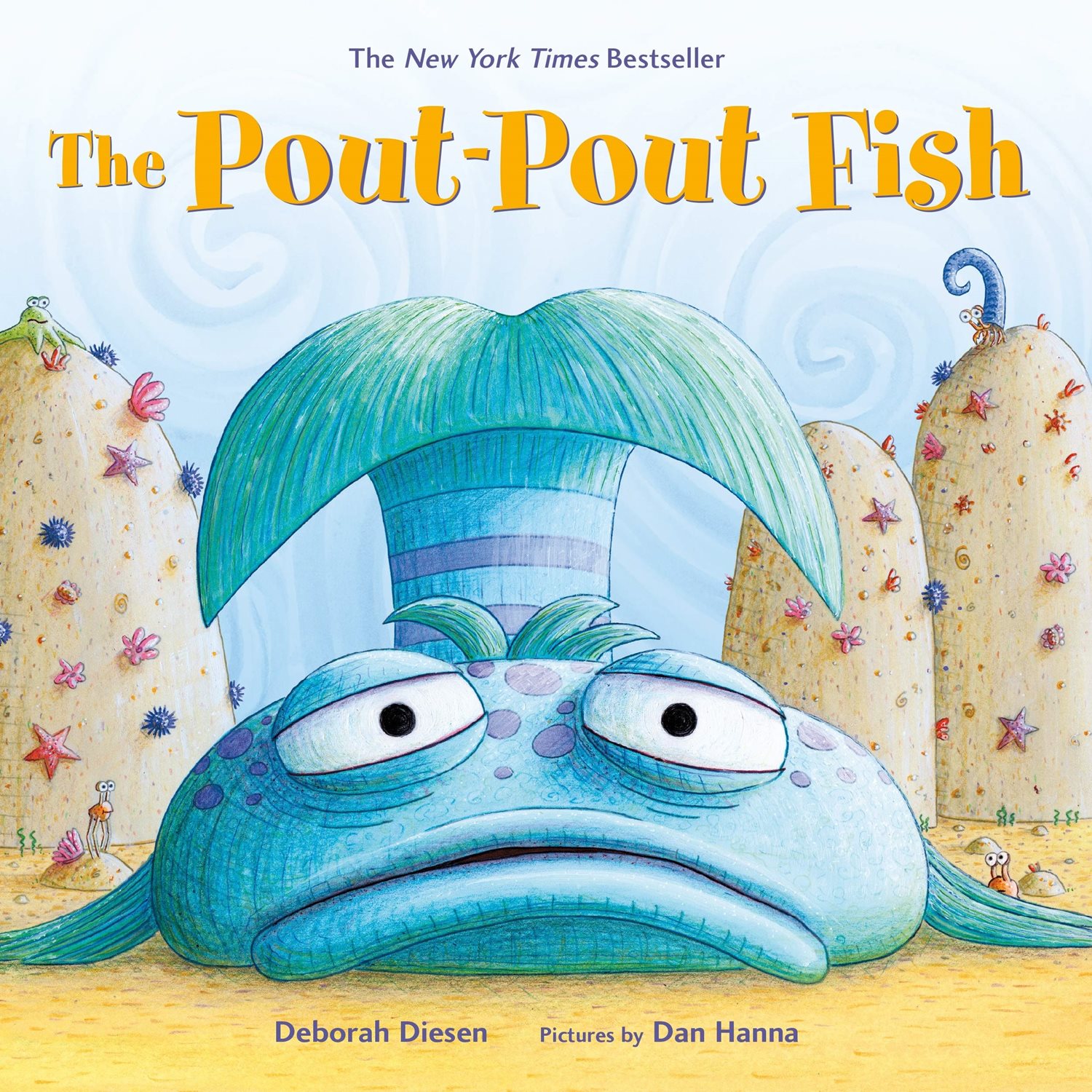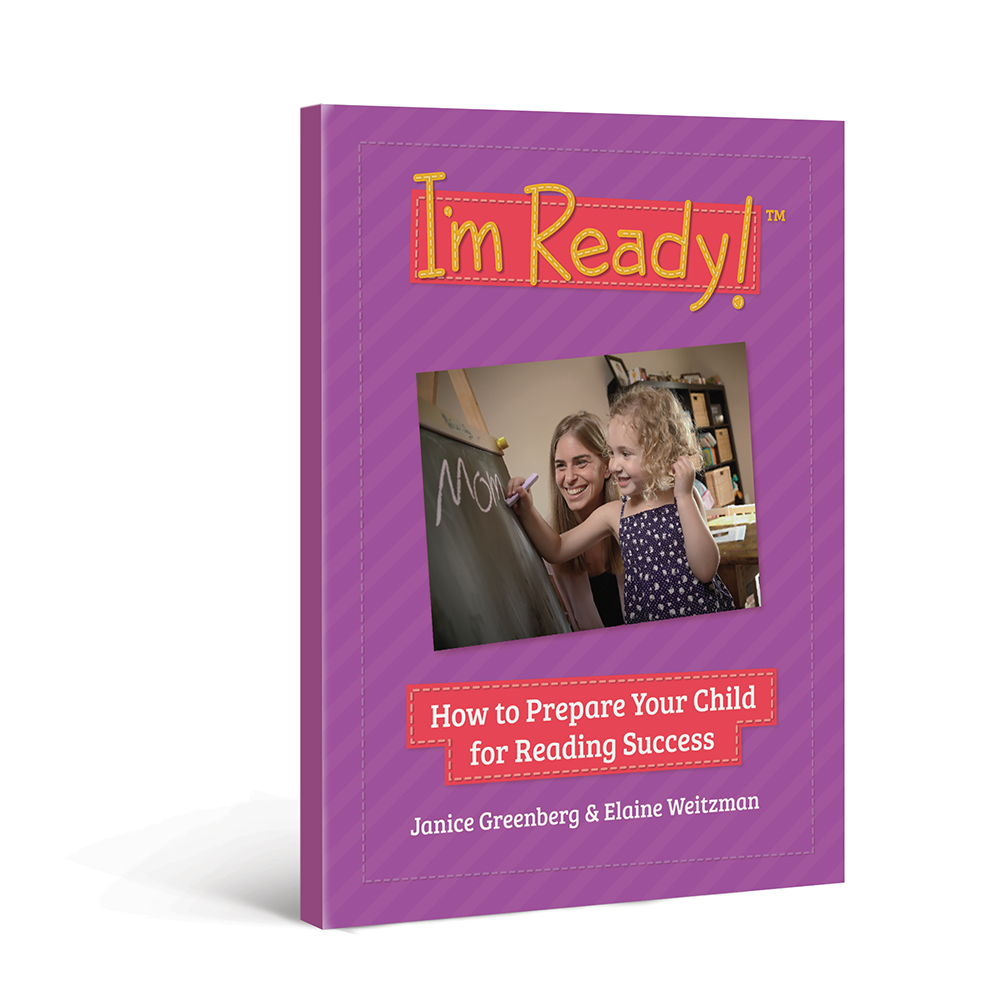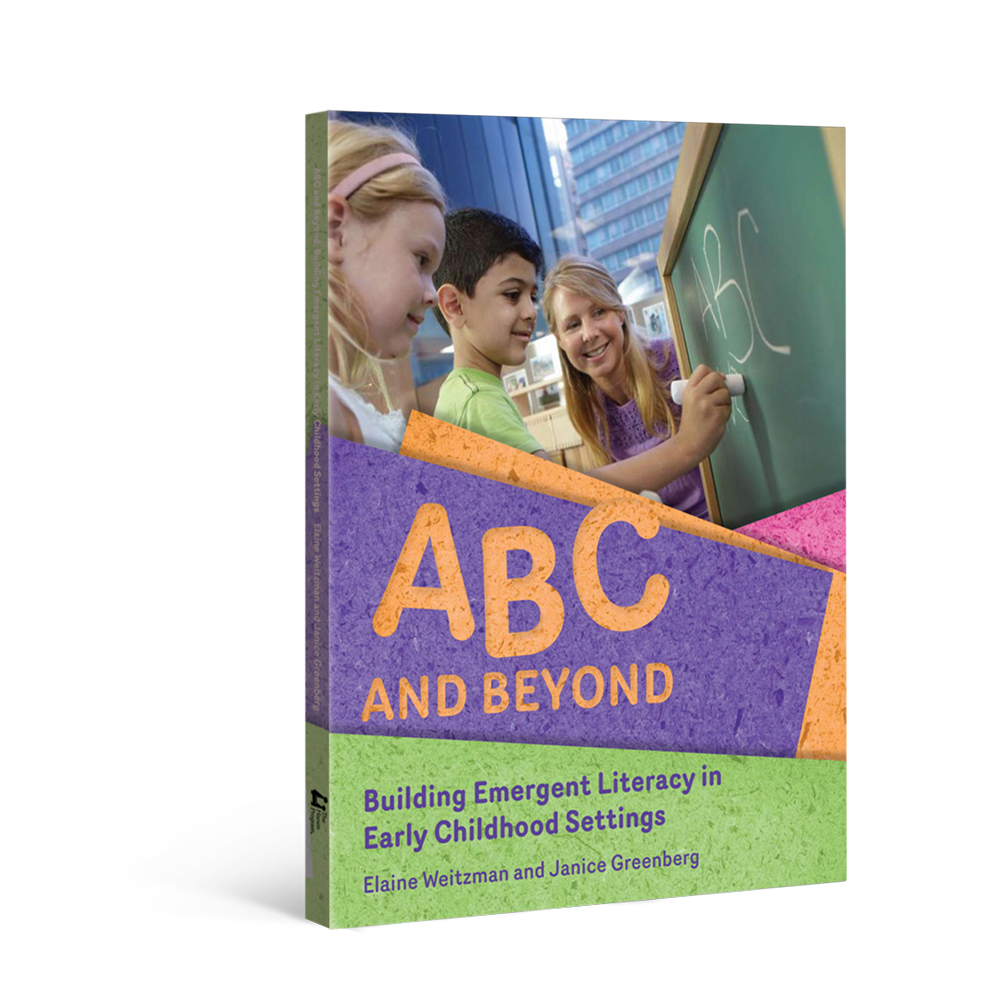This month's Book Nook topic is...
Turning Book Reading into a Conversation with The Pout-Pout Fish

Sometimes, like at the end of a long day, it can be nice to read a book straight through without stopping. But book reading can also be a great time to encourage back and forth conversation. In fact, it’s through conversations about the book that children can learn all of the early literacy skills that prepare them to learn to read and write on their own later. In this Book Nook, we’ll look at how you can turn book reading into a conversation with your child, and what your child can learn about in the process.
Let’s get started!
The Book:
The Pout-Pout Fish by Deborah Diesen, illustrated by Dan Hanna
Why we picked it
This is a delightful book about the pout-pout fish, who believes he is destined to frown. Many of his friends try to change his glum attitude, but it isn’t until he gets a kiss on his pout that he realises that he can change. This book works well for turning book reading into a conversation because it is fun to read, and has very interesting and detailed illustrations – there’s a lot to talk about.
Getting the conversation started
The first step in turning book reading into a conversation is to OWL. This is a Hanen strategy that stands for “Observe, Wait and Listen”. When you turn a page, pause and wait quietly for your child to say something or for him to point or laugh at something.
The purpose of OWL is to find out what interests your child because, just like adults, kids will be much more likely to talk about something when it’s related to their interests.
Once you know what has caught your child’s attention, the next step is to Follow Your Child’s Lead. This means responding with interest to what your child said or pointed to and making a comment or asking a question about it. For example, if your child points to the jelly fish, you might say, “That jelly fish has a lot of tentacles – I wouldn’t want to be stung by a jelly fish.” Then wait again for your child to reply, and there you have it – the conversation has begun!
Keeping the conversation going
Once you have a conversation started about something, you’ll want to keep it going for as long as your child is interested in talking about it. The more back and forth turns your child takes, the more opportunities he’ll have to learn.
There are so many different directions the conversation could take, but here are a few examples of what you could talk about to get your child thinking, talking and learning:
Relate the book to your child’s experiences
Relating what’s happening in the book to your child’s existing knowledge and experiences is a great way to build your child’s understanding of the story and keep the conversation going. For example, if your child shows interest in the page where the clam is talking to the pout-pout fish, you could say “The clam is asking the pout-pout fish to change his mood. This reminds me of when Emma was feeling a little sad the other day and you made funny faces to get her to laugh.” As the conversation gets going, you could ask questions like, “Why did you want Emma to laugh?” or “Do you think you helped Emma feel better?” Remember to pause and wait after each comment or question you make so your child has opportunities to take turns in the conversation.
Talk about solving problems
Most stories revolve around a problem, and helping your child understand that the problem is important for his understanding of the story. If your child says something like, “The pout-pout fish is so sad.” you could take this opportunity to talk about the problem. You could say, “The pout-pout fish has a big problem – he thinks that because he has a big mouth, all he can do is frown and be sad.” Then you could say something like, “I wonder what would change this fish’s mind and make him happier.” This could lead to an interesting back and forth conversation as you use your imaginations to think about what you could do to solve the fish’s problem.
Talk about emotions
Recognizing characters’ emotions is another important part of understanding stories. This book provides many opportunities to talk about emotions because that is the pout-pout fish’s big problem – he thinks he is destined to be sad. If your child points to the pout-pout fish, you could say, “Oh no, look at his face. He looks really sad and upset.” Or, you could talk about how his friends might be feeling. If your child shows interest in the octopus, you could say, “I bet the octopus is frustrated that he can’t help change his friend’s mood.” Then you can wait to see what your child has to say.
These are just a few examples for how you can turn book reading into a conversation with your child. Reading this way not only helps your child learn early literacy skills, but it can also make the experience more fun and interesting for both of you.
Happy reading and rhyming!
More Resources
The strategies in this Book Nook post are drawn from Hanen’s practical, research-based guidebooks for building emergent literacy. Explore the links below to learn more about how these guidebooks can support you.
For Parents I'm Ready! guidebook
I'm Ready! guidebook
For Educators ABC and Beyond guidebook
ABC and Beyond guidebook
